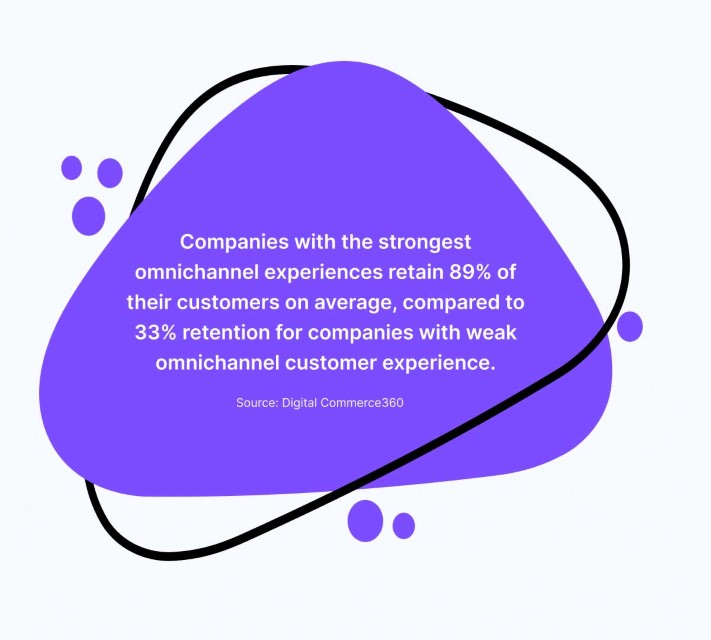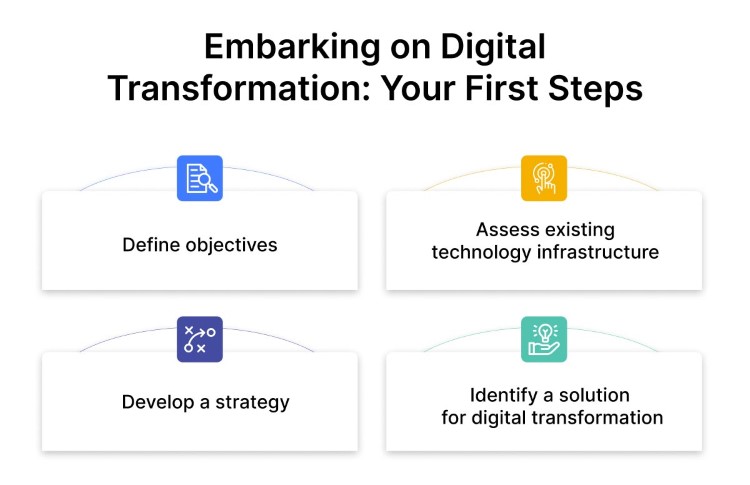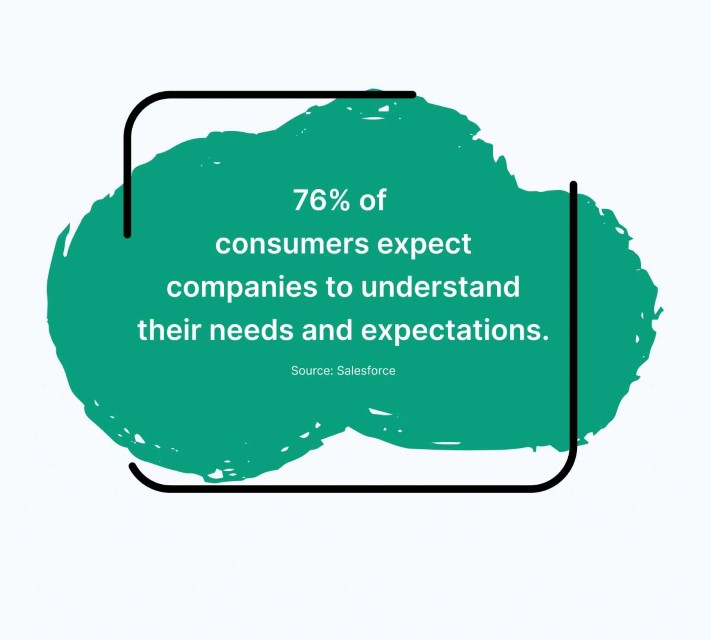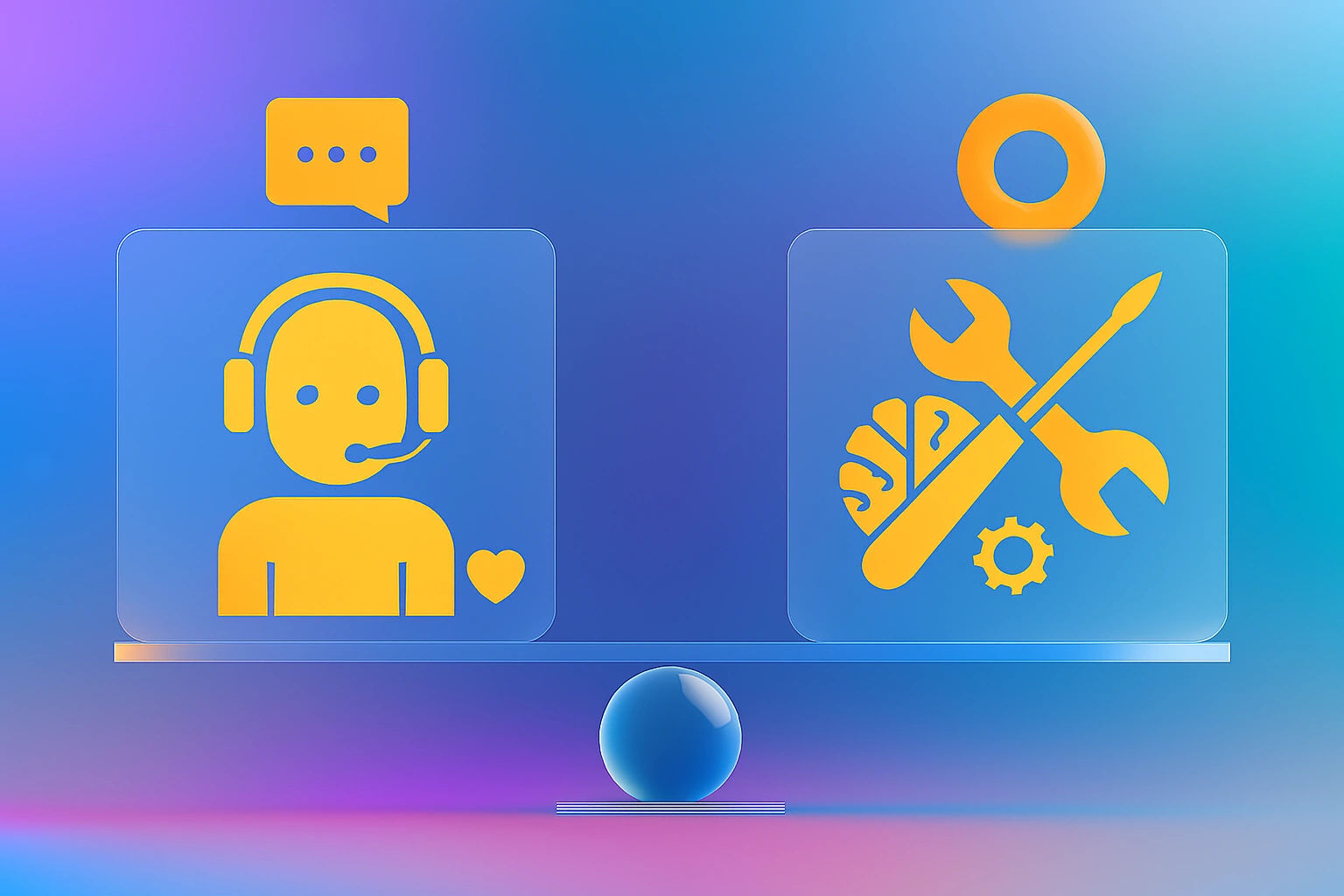Customer First: A Guide to Seamless Experience Transformation
- December 14, 2023
- 12 mins read
- Listen

Table of Content
Regardless of the quality of your product or service, if you create obstacles for customers in terms of accessing your services, buying your products, obtaining customer support, or finding solutions to their inquiries, you won’t retain them as customers for an extended period.Your responsibility is to guarantee a positive experience in every interaction a customer has with your business and brand. This entails addressing their needs promptly at every phase of their customer journey. Satisfaction leads to loyalty, transforming customers into devoted fans. As loyal supporters, they not only return for future transactions but also enthusiastically endorse your business, bringing in new customers and serving as a consistent source of referrals.Once you attain such a high standard of service, your business won’t just survive; it will flourish. Sounds great, doesn’t it? So, how do you achieve this? It’s referred to as Customer Experience Transformation, and it’s a strategy you can put into practice in your business right now. Sounds interesting? Keep reading to know more!



Defying Customer Experience Transformation
How to build customer trust? To begin, let’s delve into the concept of customer experience—it encompasses all aspects of a business that influence a customer’s perceptions and emotions. It includes customer service and extends to the purchasing process, marketing initiatives, advertisements, and more.When the customer experience operates smoothly, your customers will be satisfied, and your business will prosper. However, every business will eventually encounter the need for a customer experience transformation. While undertaking such a transformation is no easy task—it is intricate, demanding, and impacts every facet of the business—and it is becoming more and more crucial.And here lies the challenge: a customer experience transformation is not a singular undertaking. Businesses need to consistently fine-tune and enhance the customer experience to adapt to evolving expectations and market dynamics. However, to kick things off, there are three essential components that McKinsey partner Nicolas Maechler has identified as vital for a successful customer experience transformation:- Wholehearted commitment to customer-centricity from the leadership to establish a unified vision
- Revamping and digitizing customer journeys
- Establishing a continuous, real-time customer feedback loop accessible to as many employees as feasible

The Game-Changing Impact of CX Transformation
When you undertake a customer experience transformation in your business, you will eventually see various advantages, extending beyond just having satisfied customers. These include:-
Enhanced Performance
-
Heightened Adaptability
-
Increased Retention
-
Improved Efficiency
Facilitating the Transformation of Customer Experience: 3 Easy Steps
Introducing modifications within an organization can be a daunting task. The process becomes even more intimidating when the changes need to be implemented across every department of your business. Without a well-defined plan, the likelihood of failure increases significantly.Luckily, there exists a systematic approach you can adopt to effortlessly integrate customer experience transformation into your business, minimizing stress for both yourself and your employees. Ideally, the only noticeable change for your customers should be that conducting business with you has become significantly more convenient.To reconsider the way your organization tackles customer experience, you must take into account these essential foundational elements:-
Envision the Service Standard You Aim to Provide
-
Revamp Your Business Entirely
-
Develop New Capacities
1. Provide Continuous Training for Your Team Members
These involve “technical skills,” such as utilizing specific software or technology, and “interpersonal skills,” encompassing empathy and effective communication. Imagine being the first point of contact for a customer seeking assistance – if the person handling the call lacks the necessary skills, it not only leads to prolonged wait times (either on the phone or waiting for a callback) but also increases frustration with each passing moment. It’s a scenario we’d all want to avoid. So, you have to arrange training sessions regularly for the overall improvement of your team members.2. Employ Technology for a Positive Omnichannel Customer Experience
Seamless integration among all platforms is essential to ensure convenience for both customers and the employees directly assisting them. Picture the challenges that could arise if a customer places an online order and subsequently contacts your company for assistance, only to discover that your employees lack access to the online ordering system.3. Use Big Data to Address Gaps in Customer Experience
Although gathering feedback from customers is invaluable, it seldom provides a wholly accurate depiction of their experiences, emotions, and word-of-mouth communication. By leveraging predictive analytics and machine learning, you can assess the quality of each customer interaction, understand their satisfaction level, and predict whether they will remain loyal patrons of your company.Many times feedback from customers might not be to your liking. Even if you find it hard to believe, agree with, or comprehend how someone can think about your company like this, the difficult truth is that this is what they think about your business. If you intend to maintain a working relationship with these customers, it’s essential to acknowledge and embrace the feedback.
The Impact of Digital Transformation on Customer Behaviour
The transformation brought about by digital advancements has notably impacted customer behavior. The ascendancy of digital technologies has led to a shift in customer expectations, placing greater emphasis on convenience and speed. The following outlines several ways in which customer behavior has changed.-
Experience Across Multiple Channels
-
Engagement in the Digital Realm
-
Dominance of E-commerce
-
Transformation in Mobile Experiences
-
Real-Time Assistance

Embarking on Digital Transformation: Initiating the Journey
Now the question is how digital transformation is driving the customer experience. In today’s digital landscape, you must undergo a digital transformation to remain competitive. To meet the expectations for a smooth omnichannel customer journey and personalized conversations, it is essential to leverage new technologies and adopt innovative business models. Digital transformation is a strategic, long-term approach for businesses to flourish in the digital age.Integrating digital transformation with CX varies across businesses, but some principles universally hold. Let’s discuss how you can do it effectively.-
Create a Digital Strategy
- Where is your current position?
- Where do you aspire to be?
- What is your plan to reach your destination?
-
Prioritize the Evolving Customer Journey
-
Implement the Appropriate Technology
-
Leverage Customer Data for Personalized Approaches
-
Master Omnichannel Experiences





